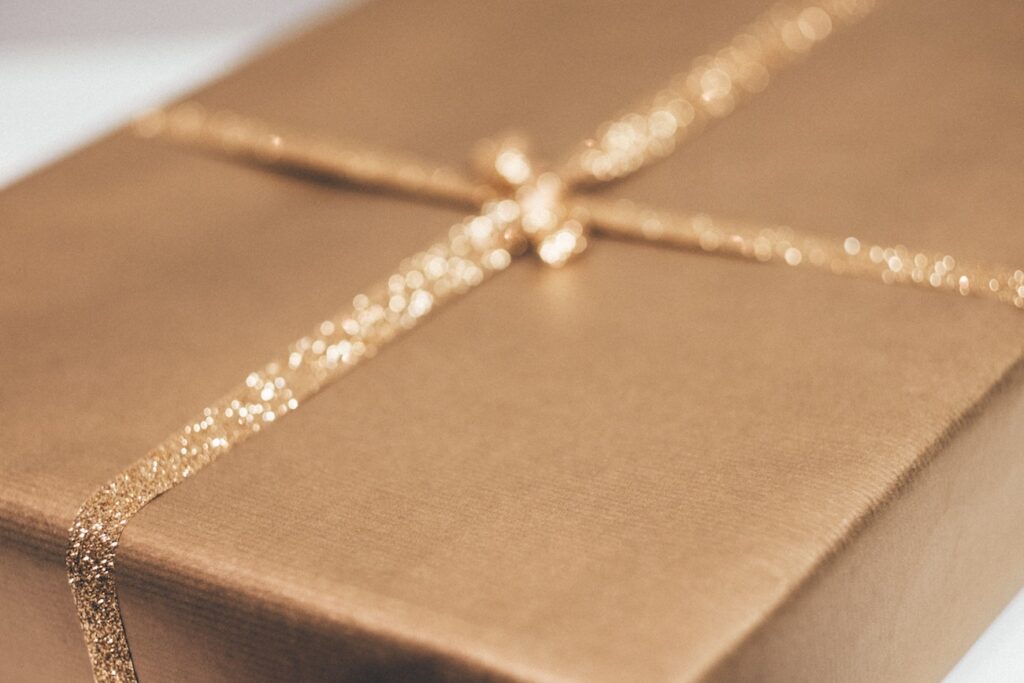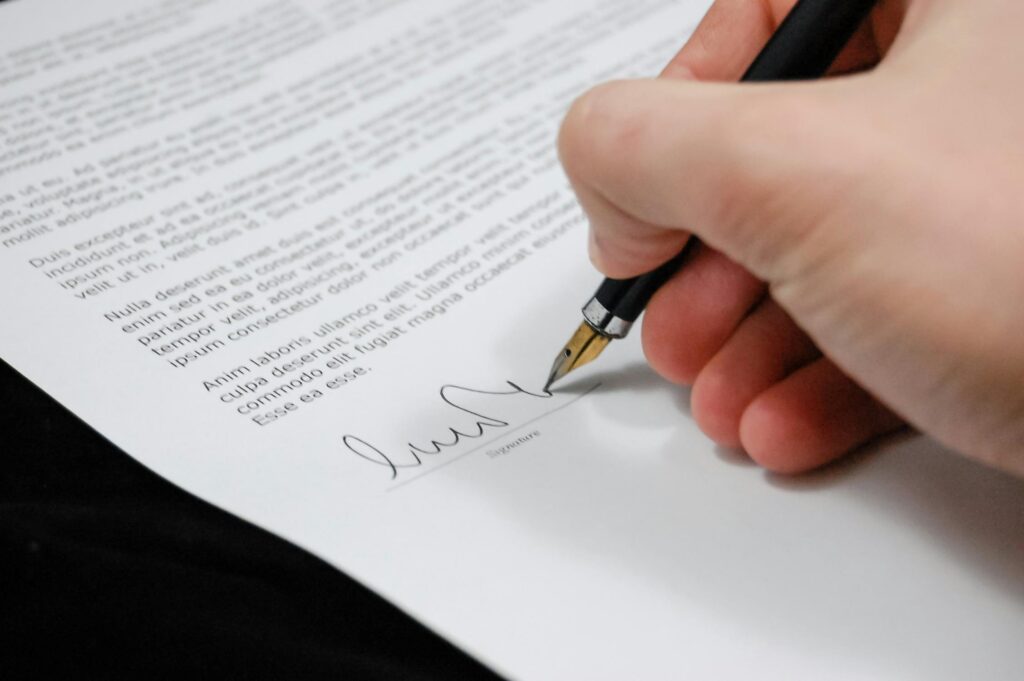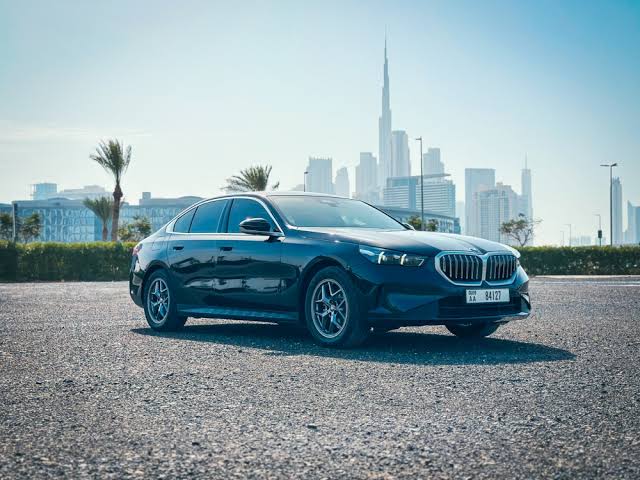Custom boxes have become an essential packaging solution for businesses across various industries. From e-commerce to retail, food to pharmaceuticals, custom packaging offers numerous advantages over generic boxes. The importance of custom boxes lies in their ability to enhance the brand image, offer functional protection to products, and meet specific business requirements. However, creating an effective custom box requires careful consideration of several factors. In this article, we will delve into the important elements that play a crucial role in designing and producing custom boxes.
1. Material Selection
The material used in custom boxes plays a critical role in the overall performance of the packaging. The type of material impacts the durability, protection, and aesthetic appeal of the box. The most common materials used in custom boxes are:
- Corrugated Cardboard: Corrugated boxes are widely used for shipping and storage due to their durability and protective qualities. They consist of three layers: an inner layer, an outer layer, and a wavy middle layer that provides cushioning.
- Rigid Paperboard: This material is often used for luxury products. Rigid paperboard boxes are sturdy and provide an upscale look and feel, making them ideal for high-end brands.
- Kraft Paper: Kraft paper is a popular choice for eco-friendly packaging. It is made from recycled materials and is biodegradable, making it an ideal choice for businesses looking to reduce their environmental footprint.
- Plastic: For items that require waterproof or moisture-resistant packaging, plastic materials like polyethylene or polypropylene are used. These materials are often used for food or pharmaceutical products.
When selecting the material, businesses should consider the weight, fragility, and size of the product being packaged, as well as the cost-effectiveness and environmental impact.
2. Box Shape and Size
Choosing the right box shape and size is crucial to ensure that the product fits securely and remains protected during transportation. The box should be large enough to accommodate the product without being too big, as excessive space can lead to product shifting, while a box that is too small may cause damage to the item.
Key considerations for box shape and size include:
- Product Dimensions: The dimensions of the product determine the required box size. Custom boxes allow businesses to create packaging that fits the product precisely, reducing the risk of damage.
- Shape: While most custom boxes come in rectangular or square shapes, businesses may choose unique shapes to match the branding or the nature of the product. Custom shapes, such as circular boxes or boxes with specific cutouts, can make the packaging more distinctive and visually appealing.
- Shipping Requirements: If the box is to be shipped, the size and shape must meet postal or courier regulations. This can affect the shipping cost and may require additional considerations for weight and volume.
3. Design and Branding
The design of custom boxes is a powerful marketing tool. Packaging is often the first interaction a customer has with a brand, and a well-designed box can leave a lasting impression. The right design can make the product stand out on the shelf or make an unboxing experience memorable.
When considering box design, businesses should focus on:
- Logo and Branding: The packaging should feature the company logo, brand colors, and tagline to reinforce the brand identity. Custom boxes are an extension of the company’s brand, and a cohesive design can strengthen brand recognition.
- Typography and Messaging: The text on the packaging should be clear, concise, and easy to read. It should also align with the tone of the brand. For instance, a luxury brand might use elegant typography, while a playful and fun brand might use bold, colorful fonts.
- Graphics and Imagery: Custom boxes can feature high-quality images, illustrations, or patterns that tie into the product’s aesthetics or the brand’s story. For example, a natural skincare brand may use nature-inspired designs to reflect its eco-friendly ethos.
- Finish and Texture: The finish of a custom box—such as matte, glossy, or textured—adds a tactile experience that can elevate the unboxing experience. Textured finishes, such as embossing or debossing, can also create a premium feel, while glossy finishes tend to add a sleek and modern touch.
4. Sustainability
With increasing environmental concerns, sustainability has become a crucial factor in custom box design. Consumers are more conscious of the environmental impact of the products they purchase, including packaging. As a result, businesses are under pressure to adopt eco-friendly packaging solutions.
Several ways to incorporate sustainability into custom box design include:
- Recycled Materials: Using recycled cardboard or paper for packaging can significantly reduce the environmental footprint of the product. Many manufacturers offer eco-friendly packaging solutions made from post-consumer recycled materials.
- Minimalistic Design: A minimalist design not only appeals to consumers looking for simplicity but also helps reduce the amount of ink and material used in the packaging. Avoiding excessive printing or unnecessary embellishments can make the packaging more sustainable.
- Biodegradable Materials: Some businesses opt for biodegradable materials, such as plant-based plastics or paper, to create boxes that decompose naturally after disposal.
- Reusable Packaging: Creating custom boxes that can be reused by customers—such as sturdy storage boxes or decorative packaging—adds value to the product and helps reduce waste.
Sustainability is not only beneficial for the environment but can also improve a company’s reputation and appeal to eco-conscious consumers.
5. Cost-Effectiveness
Cost is an important consideration when designing custom boxes. While it is tempting to choose the most luxurious materials and designs, businesses need to balance quality with cost. Custom boxes can be more expensive than standard packaging, but they can provide value in the long run by enhancing customer satisfaction and brand perception.
Factors that influence the cost of custom boxes include:
- Material Choice: Premium materials such as rigid paperboard or plastic can drive up costs, while more economical options like corrugated cardboard may be more affordable.
- Size and Shape: Unusual box sizes or shapes may require specialized manufacturing techniques, which could increase the cost. Additionally, smaller orders of custom boxes can result in higher per-unit prices, so businesses should consider bulk orders for cost savings.
- Design Complexity: Simple designs with minimal printing will be less expensive than intricate designs with multiple colors or special finishes like foil stamping or embossing.
- Quantity: Ordering custom boxes in large quantities typically reduces the cost per unit. However, businesses should evaluate whether they have the storage space to accommodate large orders and ensure that the boxes will be used before they become obsolete.
6. Functionality and Protection
The primary purpose of custom boxes is to protect the product during transit and storage. Packaging should be durable enough to withstand handling, shipping, and environmental factors like moisture or temperature changes.
Several aspects of functionality and protection to consider include:
- Cushioning: For fragile or delicate products, adding cushioning materials such as foam inserts, bubble wrap, or air pillows inside the custom box can prevent damage during transportation.
- Closure Mechanism: The type of closure used—such as tuck flaps, adhesive, or magnetic closures—should be chosen based on the product’s requirements. Some products, like food or cosmetics, may require tamper-evident packaging to ensure safety and security.
- Moisture Resistance: If the product is sensitive to moisture, it is important to choose a box with moisture-resistant properties. Some custom boxes are coated with waterproof materials or lined with plastic to keep contents safe from damp conditions.
- Stackability and Strength: For businesses that need to stack boxes, such as warehouses or retailers, the box design must consider stackability. The box should be able to support the weight of additional boxes without collapsing.
7. Compliance and Regulations
For certain industries, custom packaging must comply with specific regulations or industry standards. For example, food and pharmaceutical products must adhere to stringent packaging regulations to ensure safety, quality, and compliance with legal requirements.
Key considerations include:
- Food Safety: Packaging for food products must comply with FDA regulations, ensuring that materials are non-toxic and safe for food contact.
- Pharmaceutical Standards: Custom boxes for pharmaceuticals must meet regulatory guidelines for tamper-evidence, labeling, and protection against contamination.
- Shipping Regulations: Custom boxes for international shipping must meet the size and weight regulations of various carriers and may need to include specific labeling or handling instructions.
Conclusion
Custom boxes are more than just a vessel for shipping products; they are an integral part of the customer experience and a reflection of a brand’s identity. From material selection to design and sustainability, each factor plays a crucial role in ensuring that custom boxes meet the needs of both the business and the consumer. By considering factors such as functionality, cost-effectiveness, and environmental impact, businesses can create packaging that protects their products, strengthens their brand, and appeals to their target audience.





